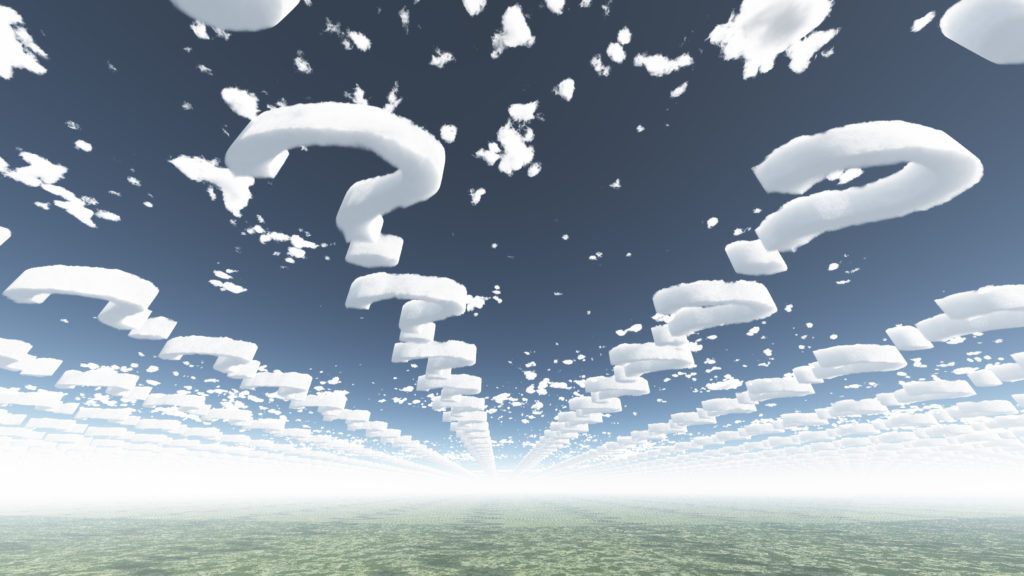
When people ingest magic mushrooms, their bodies receive a cocktail of compounds, some of which remain undiscovered, are not understood or both. And on top of this, the number of psychoactive compounds and their concentrations are different in different parts of the mushroom and even between batches.1 The world-renowned mycologist and magic mushroom expert Paul Stamets aptly sums up the extent of variation between batches (collections) of mushrooms by saying, “…within any one species, there can be a tenfold or more range in psilocybin and psilocin production from one collection to the next!”
Scientists know that magic mushrooms contain several different compounds. They include psilocybin, psilocin, norpsilocin, baeocystin, norbaeocystin, and aeruginascin2-6 (the last five are called psilocybin derivatives). Although psilocybin is the most well-known of these compounds, it is the dephosphorylated version of psilocybin, psilocin, that causes psychedelic effects.2
Drying mushrooms (which is the standard preparation method before weighing out a dose) changes their weight and consequently the concentrations of the compounds it contains. One of the keys to understanding the uncertainty of dosing with magic mushrooms is the realization that it’s not just the weight of dried mushroom material a person ingests (the dose) but how much of each of the different compounds are present and how they interact.
Dosages based only on the estimated amount of psilocybin fail to consider the influence of other psychoactive compounds in the dried mushrooms. Even magic mushroom dosing veterans who also calculate estimated amounts of other psychoactive components remain in the dark about the influence of additional compounds. And there’s another aspect of dosing to consider that goes beyond merely what compounds are present in magic mushrooms and how much.
In addition to the uncertainty of dosages, the compounds in magic mushrooms can interact with each other to enhance activity or produce additional effects. This is a phenomenon known in the world of medical cannabis as the entourage effect. In the world of magic mushrooms, researcher Jochen Gartz has noted that aeruginascin has a synergistic effect with the other compounds in magic mushrooms.5 He describes the effect this way: “Aeruginascin seems to modify the pharmacological action of psilocybin to give an always euphoric mood during ingestion of the mushrooms.”
Today, much of the therapeutic research into psychedelics is using pure, synthetic psilocybin. These studies are showing promise for treating several mental conditions. However, taking pure psilocybin is very different from taking magic mushrooms. It is possible that understanding all the compounds in magic mushrooms, how they work together and affect receptors would produce even better outcomes for patients.
The answer to the issue of uncertainty of dosing with magic mushrooms lies in understanding all of the compounds they contain and how they interact with each other and receptors in the body. From this knowledge, formulating accurate doses containing combinations of compounds will lead to treatments for specific conditions that are safer and more effective. Perhaps even more beneficial uses of psilocybin and its derivatives would be discovered if curious researchers would take a step back to understand each component better.

I am having great difficulty comprehending the enormity of differing information regarding micro-dosages of Psilocybe Cubensis. Is there guidance available for me (legitimate guidance) regarding micro-dosing dosages for this substance. I am diagnosed with treatment resistant depression and generalized anxiety disorders.
I live in the USA, so help is, thus far, withheld.